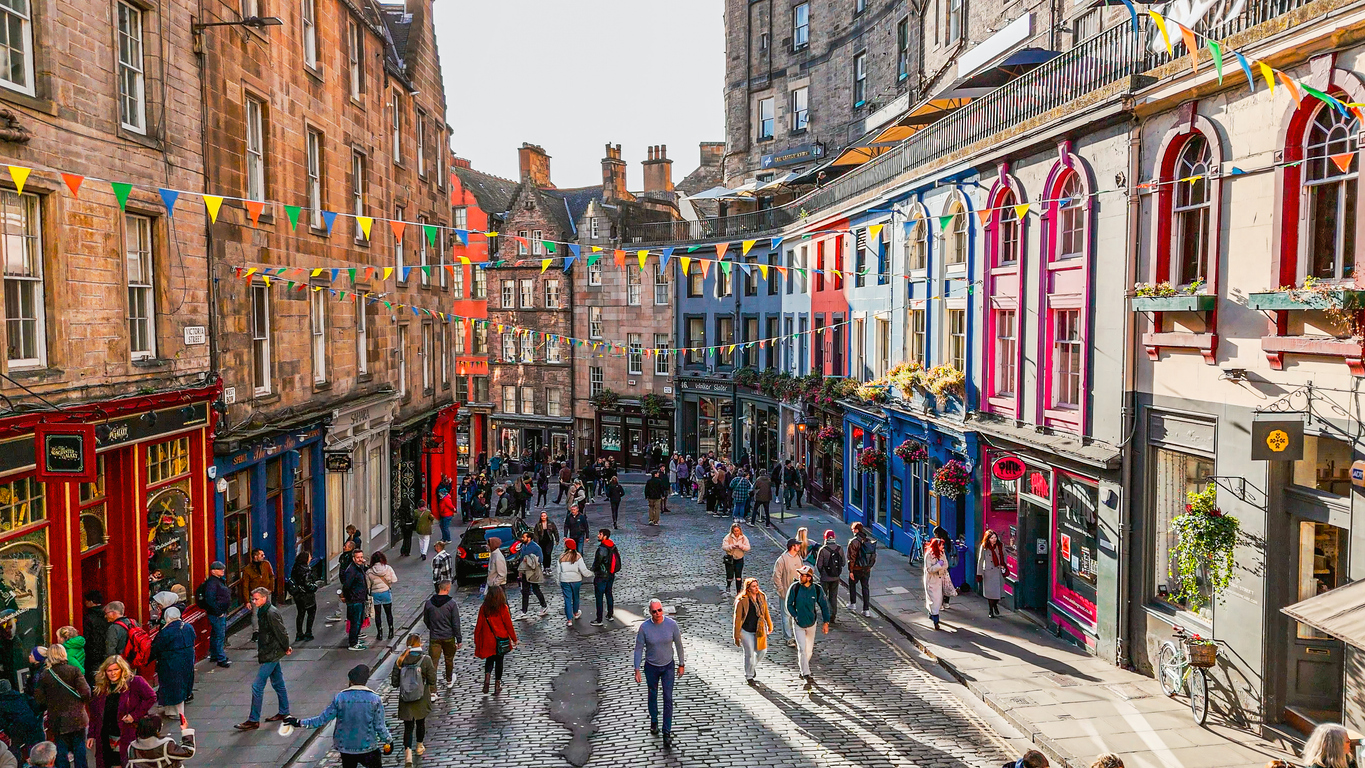Counting down to Scotland’s first tourist tax – let’s put business first for Bonnie Scotland’s sake
In a year’s time, the Scottish capital will introduce the Edinburgh Visitor Levy – Scotland’s first tourist tax.
The new levy comes into force on 24 July 2026; but with the charge in effect for all bookings commencing on or after this date, made from 1 October 2025, the countdown is on for businesses to become compliant.
Leading European destinations including Venice, Lisbon and Barcelona, have been charging various versions of a tourist tax for decades and few disagree that it will deliver welcome benefits.
Yet there remain concerns not just about the impact of the additional cost of a stay in Scotland, but also about how accommodation providers – which are already making a substantial contribution to the national economy – will collect and supply the new tax.
All businesses, from individuals with one short-term let property to large hotels, will be required to charge the levy and return it to City of Edinburgh Council. While bigger businesses already have systems to collect and redistribute VAT to HMRC, they are urgently seeking more detail about the changes to progress the necessary updates to their platforms. Smaller operators, which are not VAT registered, are unlikely to have any such infrastructure in place at all.

Regardless of size, businesses that don’t enforce it correctly could be penalised, creating an unlevel playing field for smaller operators. At the same time, sole traders and landlords with qualifying income over £50,000 in the current tax year will also be facing new Making Tax Digital rules that requires them to digitally record and report their incomes quarterly from April 2026 – adding to their red tape.
Assuming that VAT must be paid on the tax, those that are VAT registered will also be required to add 20% to the levy when billing guests and include it in their VAT returns to HMRC. Not only does this create further cost, but also complexity as the 5% levy must still be paid to the council. While it has been argued that European cities have not seen any adverse impact from paying VAT on top of a tourist tax this overlooks the fact that many other countries have much lower VAT regime.
The council has indicated that 2% of revenue will be returned to operators to reflect increased administration costs, but this will be of little comfort to smaller operators which may still need to increase prices to cover implementation of the scheme. Coupled with the levy itself, the rise in prices could deter bookings and put small businesses at risk.
To help buy-in from businesses, it is vital that that investment of the funds raised by the council are transparent. The Edinburgh Visitor Levy is forecast to raise up to £50 million annually once it is fully established. Being able to see and understand the difference it makes will go a long way towards convincing accommodation providers that it has been worth the effort and expense.
Furthermore, learning the lessons of the Deposit Return Scheme (DRS) debacle, perhaps it would be best to aim for a soft landing rather than a hard take-off. With many pointing out that bookings for next summer will mostly take place next year, could there be scope to delay incorporation of the levy until January 2026?
Similarly, it would be great to see more of a carrot than stick approach when it comes to dealing with providers – especially at the smaller end of the spectrum - that fall foul of the new regulations.
Humans are humans and undoubtedly there will be teething problems, on both sides, as the new system beds in. To give the levy the best chance of success, let’s do our best to get all businesses on board. Bonnie Scotland deserves nothing less.
